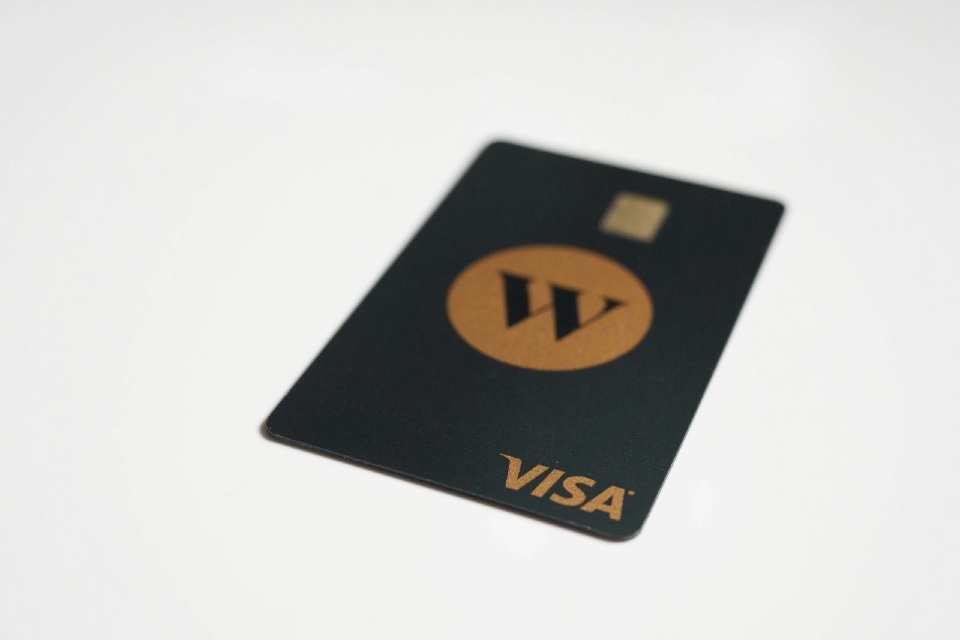As online fraud threats continue to evolve, multifactor authentication (MFA) remains a cornerstone of retail and e-commerce security. However, with consumers expecting fast, seamless shopping experiences, retailers are facing a critical challenge: how to enhance security without introducing friction that disrupts the customer journey. The solution? Frictionless, adaptive MFA that balances robust fraud prevention with minimal user disruption…
Historically, MFA has been associated with static, often cumbersome methods—think SMS codes, security questions, or app-based verification that added time and frustration during checkout. But as fraudsters have grown more sophisticated, and consumer patience for delays has decreased, the retail sector is shifting towards smarter, user-centric authentication methods.
Leading retailers are now adopting adaptive MFA, which dynamically adjusts authentication requirements based on real-time risk signals. For example, if a returning customer logs in from a recognised device and location, the system may skip secondary verification entirely. If, on the other hand, the login attempt occurs from a new device or flagged IP address, a biometric prompt or one-time passcode may be triggered. This context-aware approach enhances security while preserving a smooth user experience for low-risk scenarios.
A growing number of UK retailers are also integrating biometric authentication into their checkout flows—particularly facial or fingerprint recognition via mobile apps. These methods offer a fast and intuitive user experience, are harder for fraudsters to replicate, and are increasingly accepted by consumers accustomed to unlocking their smartphones with a glance or a touch.
Push notification-based authentication is also gaining traction. Instead of entering a code manually, customers receive a prompt on their mobile device to approve the transaction with a single tap—speeding up the process and reducing abandonment rates at checkout.
Crucially, these technologies must work across multiple channels and devices. The best MFA systems are omnichannel by design, securing logins and transactions whether a customer is browsing on mobile, shopping in-store with digital loyalty credentials, or interacting via live chat. Retailers are increasingly partnering with identity and fraud prevention providers who offer unified platforms that integrate MFA with customer profiles, behavioural analytics, and device intelligence.
Ultimately, successful retailers understand that security and customer experience are no longer at odds. By investing in intelligent, low-friction authentication solutions, they are protecting customer trust, meeting regulatory expectations, and supporting smooth, secure journeys that drive loyalty and conversion.
In a world where a single click can make or break a sale, frictionless MFA is proving to be a competitive differentiator as well as a vital fraud defence.
Are you searching for Multifactor Authentication solutions for your organisation? The Fraud Prevention Summit can help!
Photo by Vitaly Gariev on Unsplash







